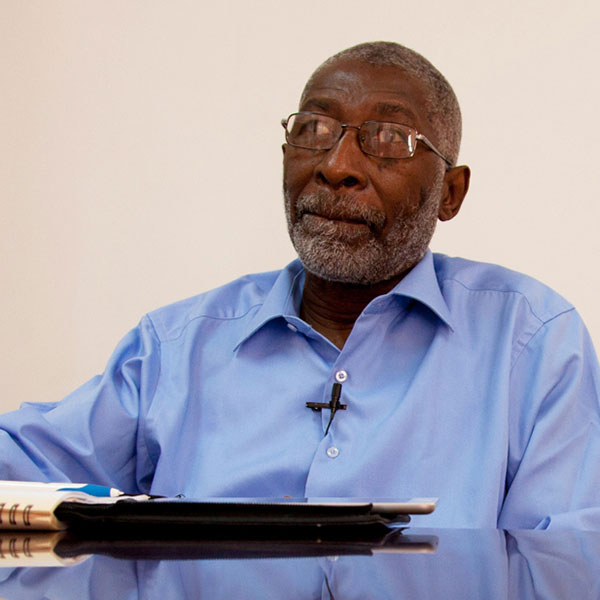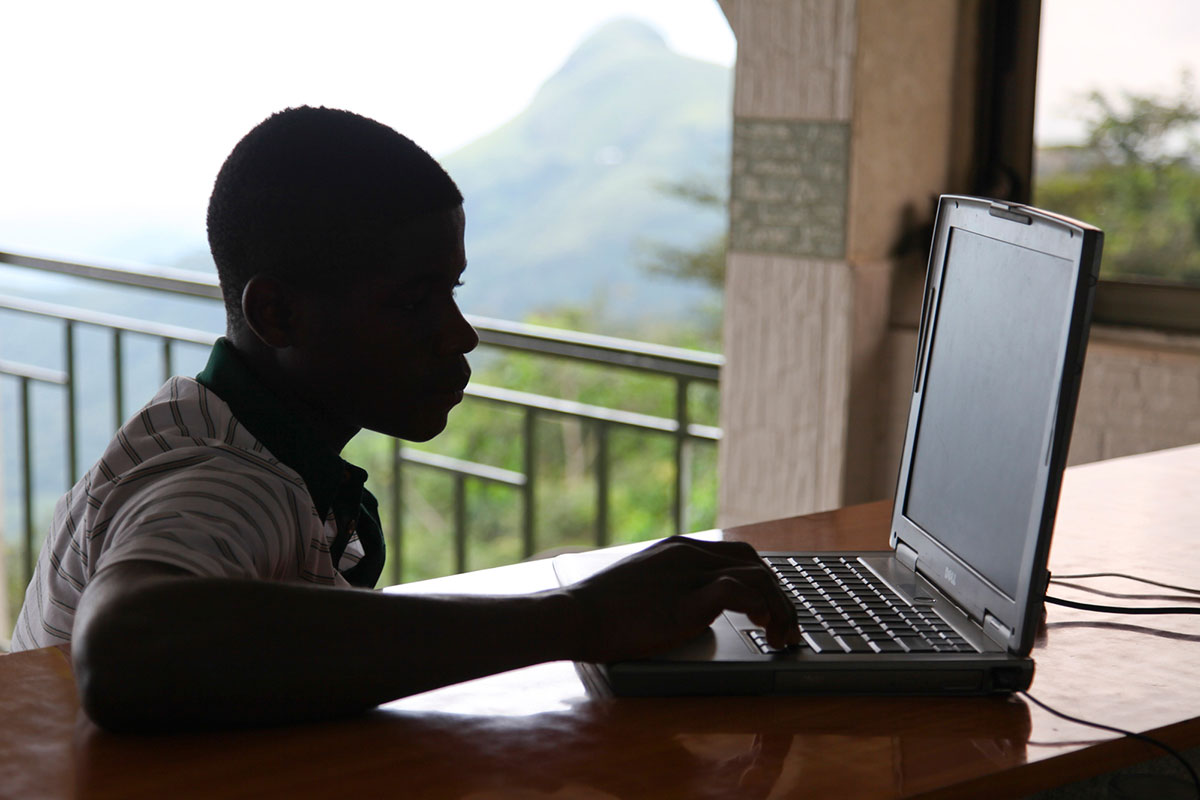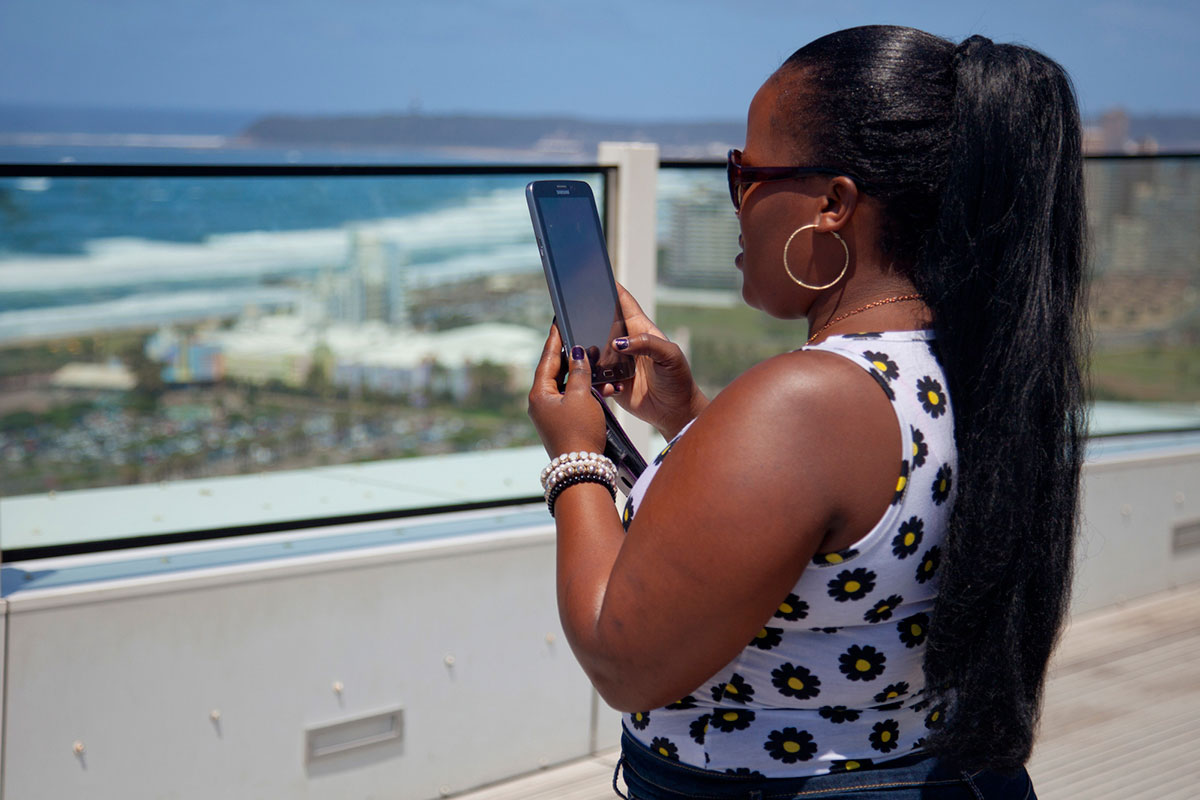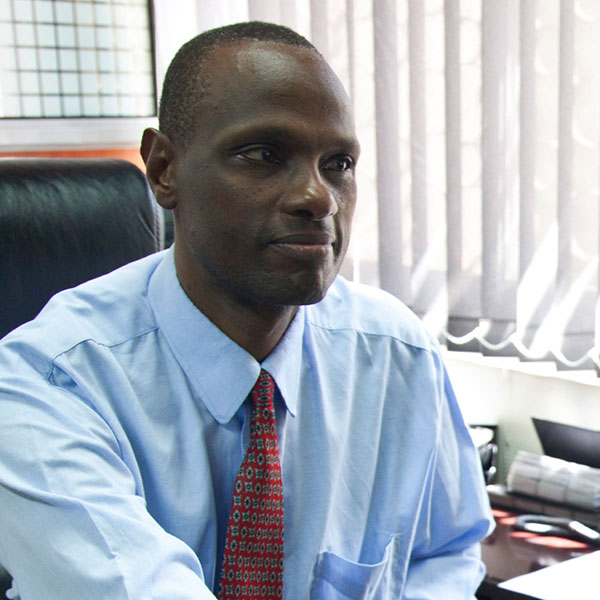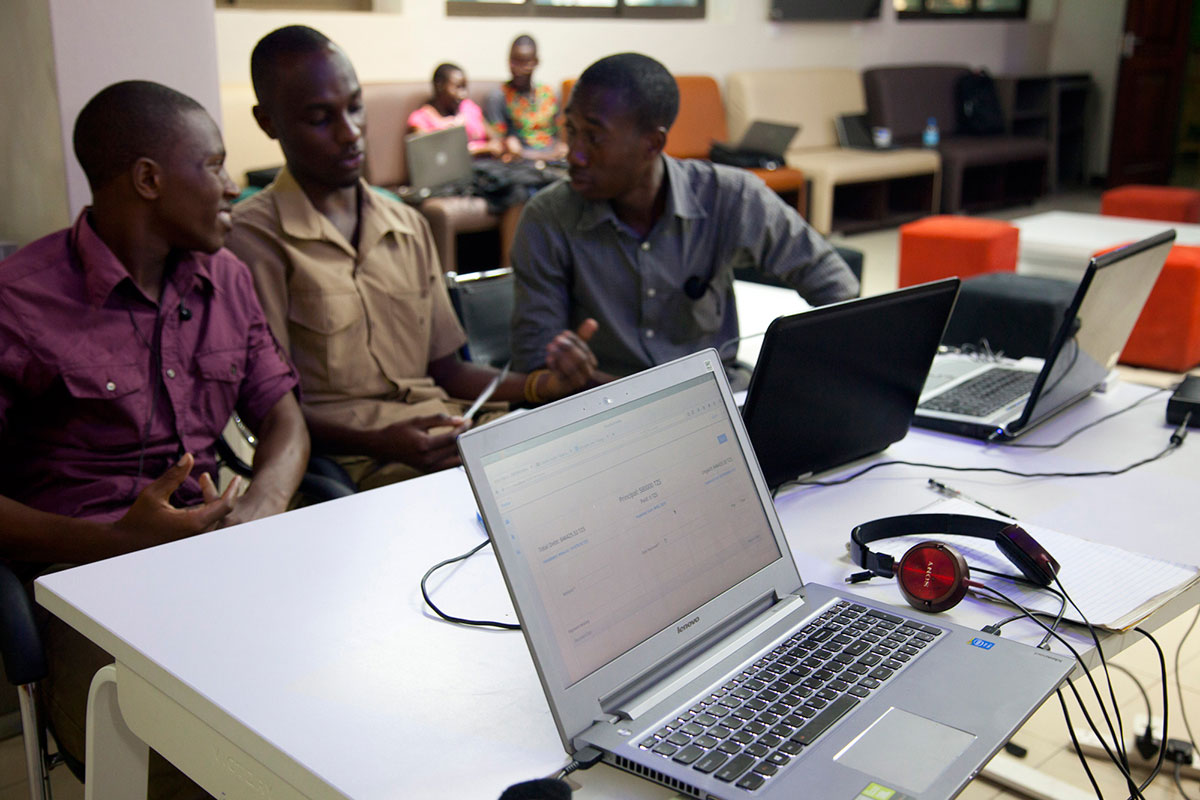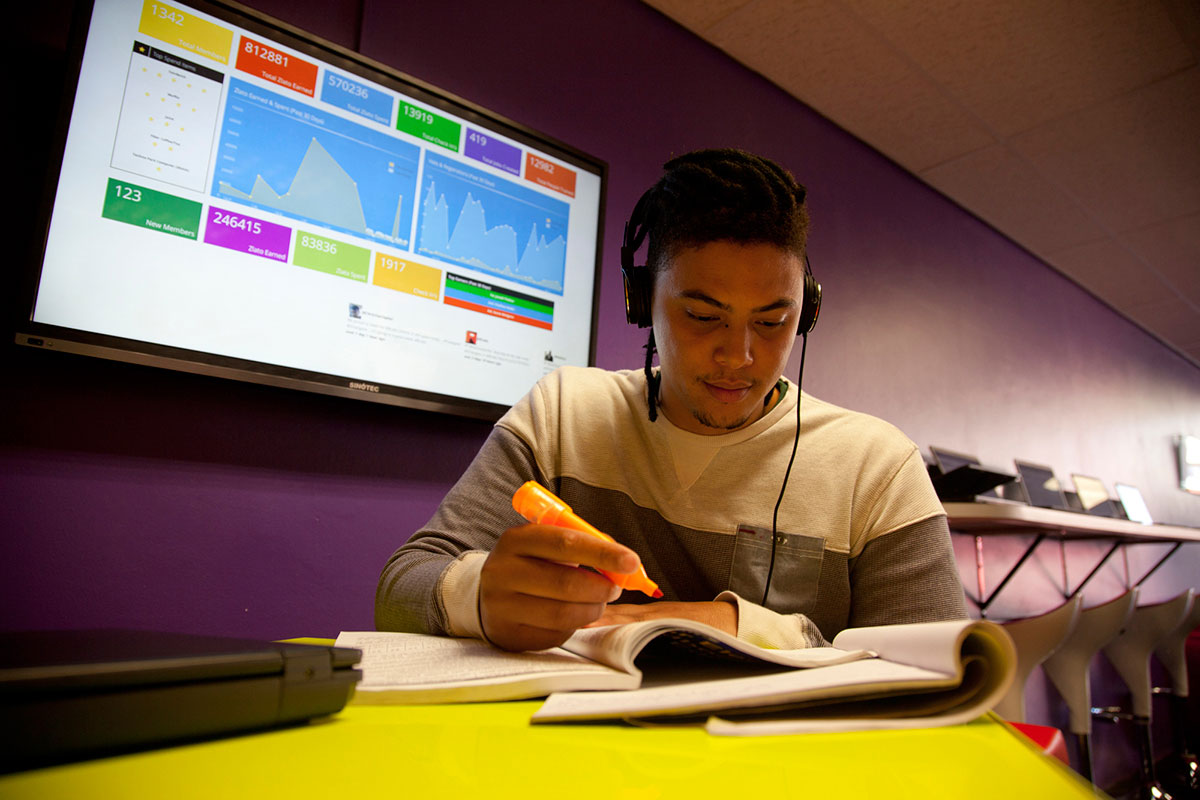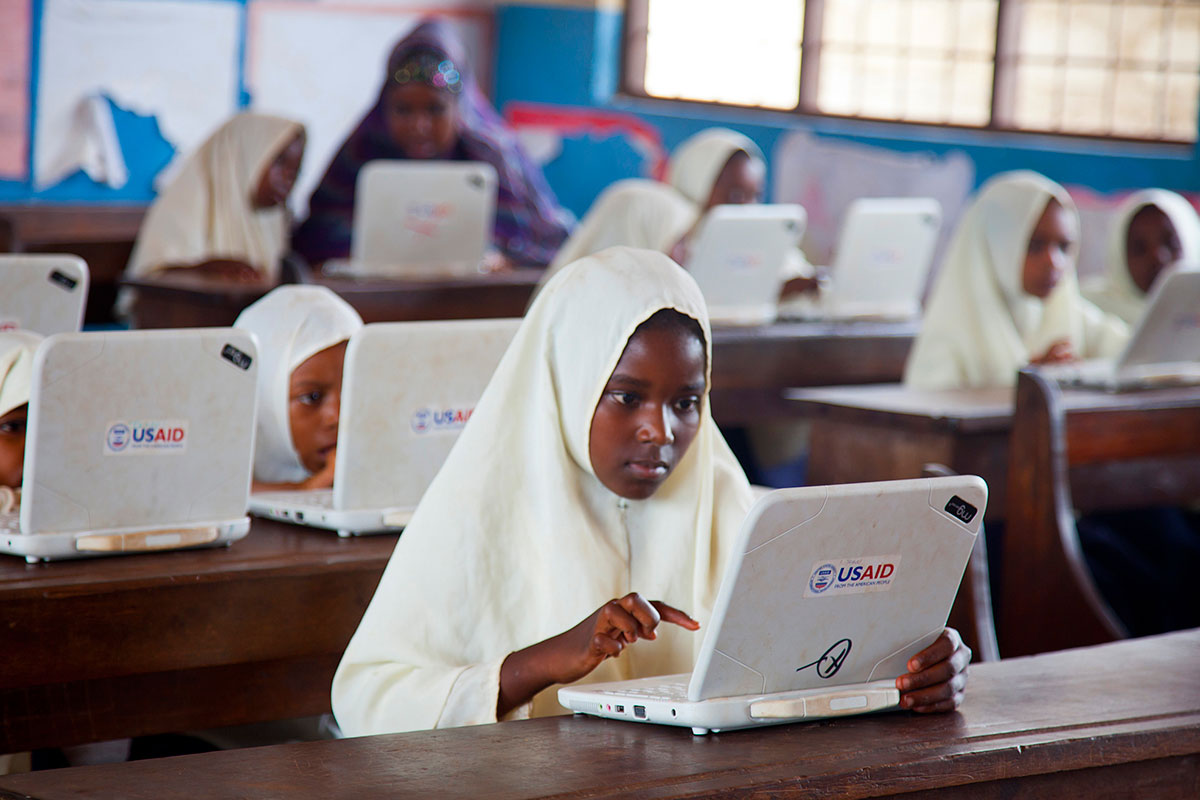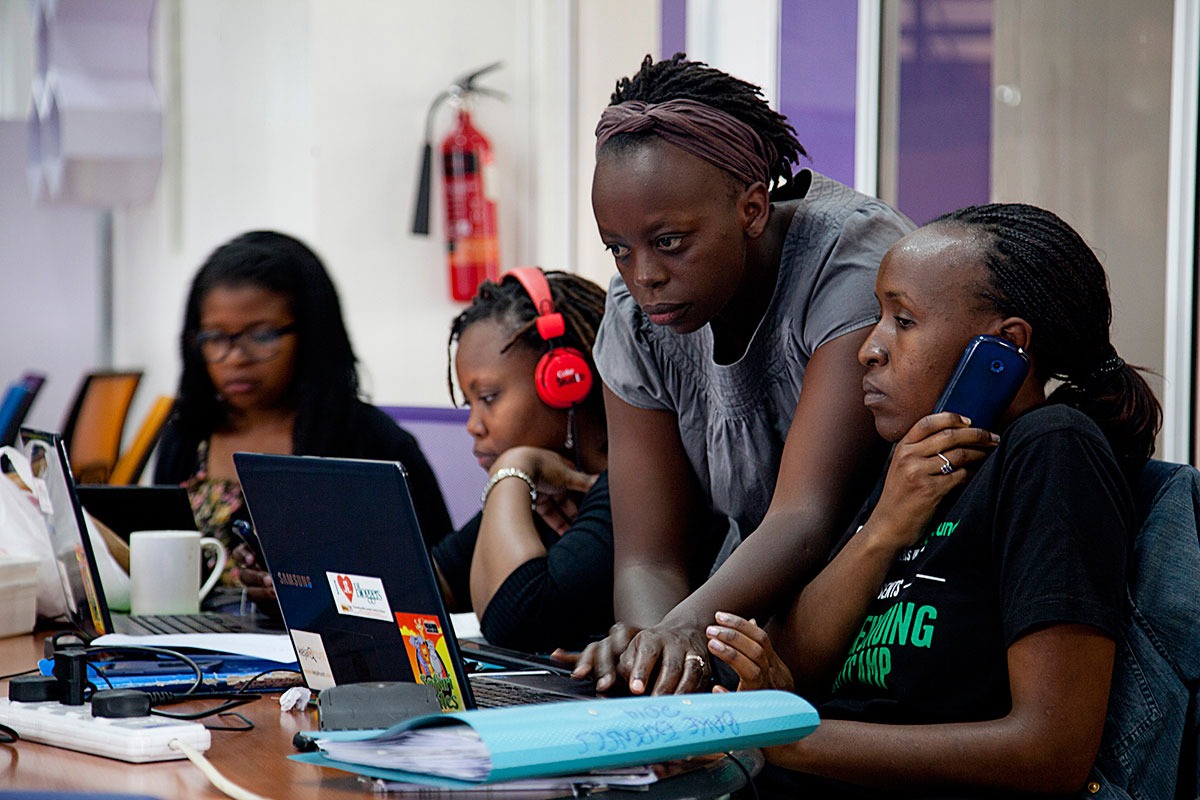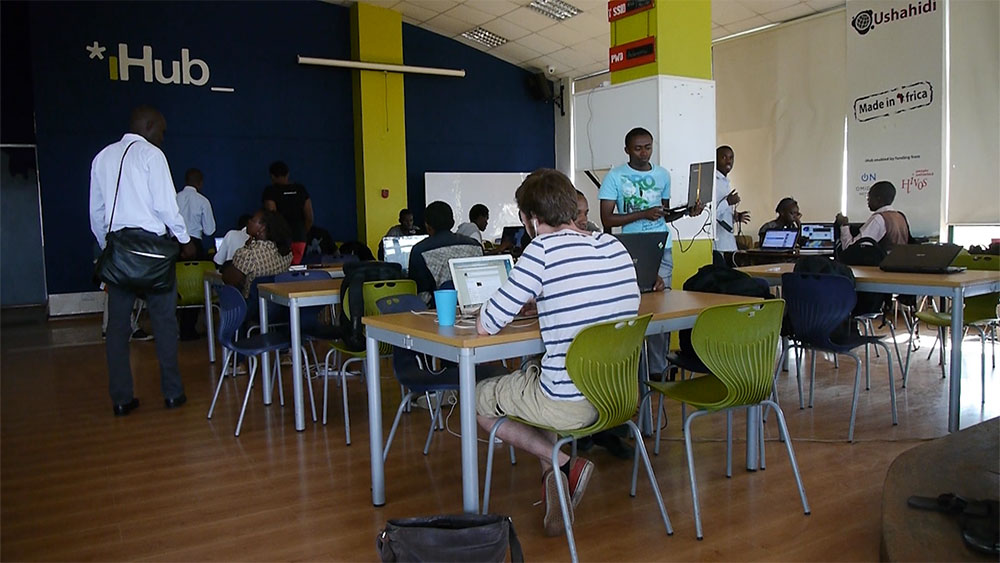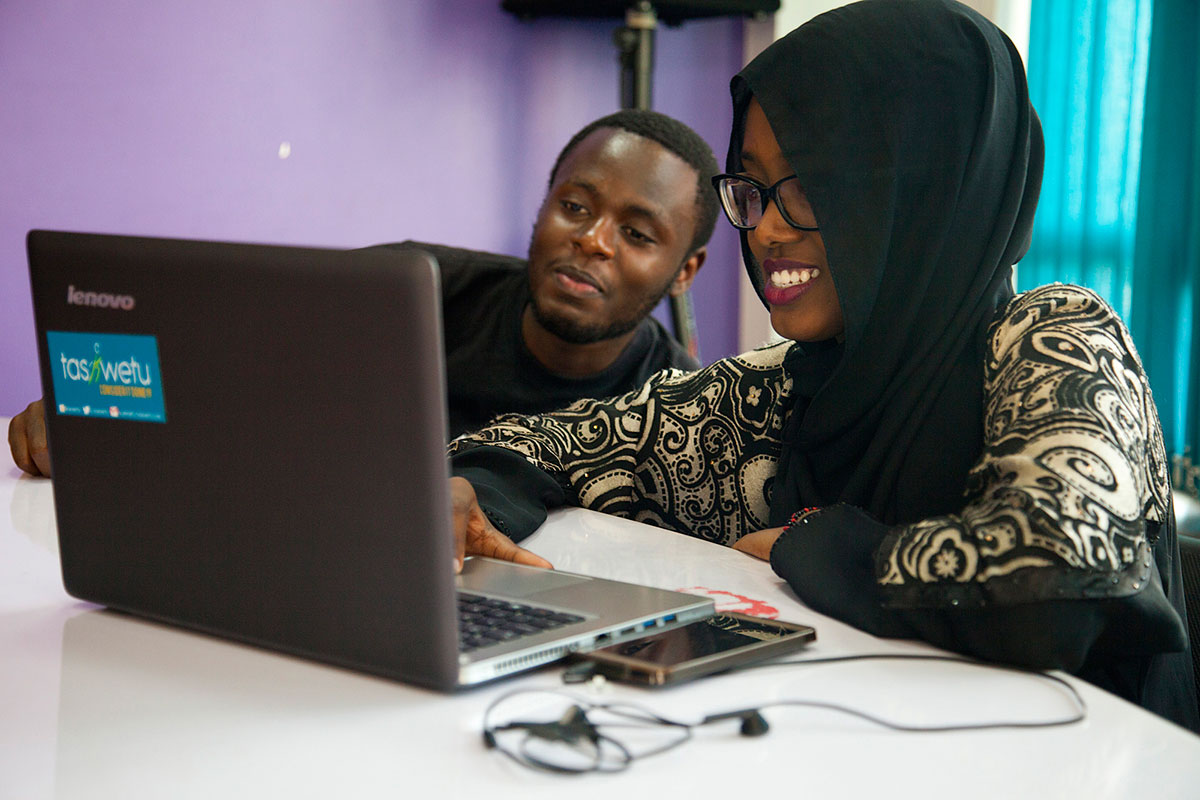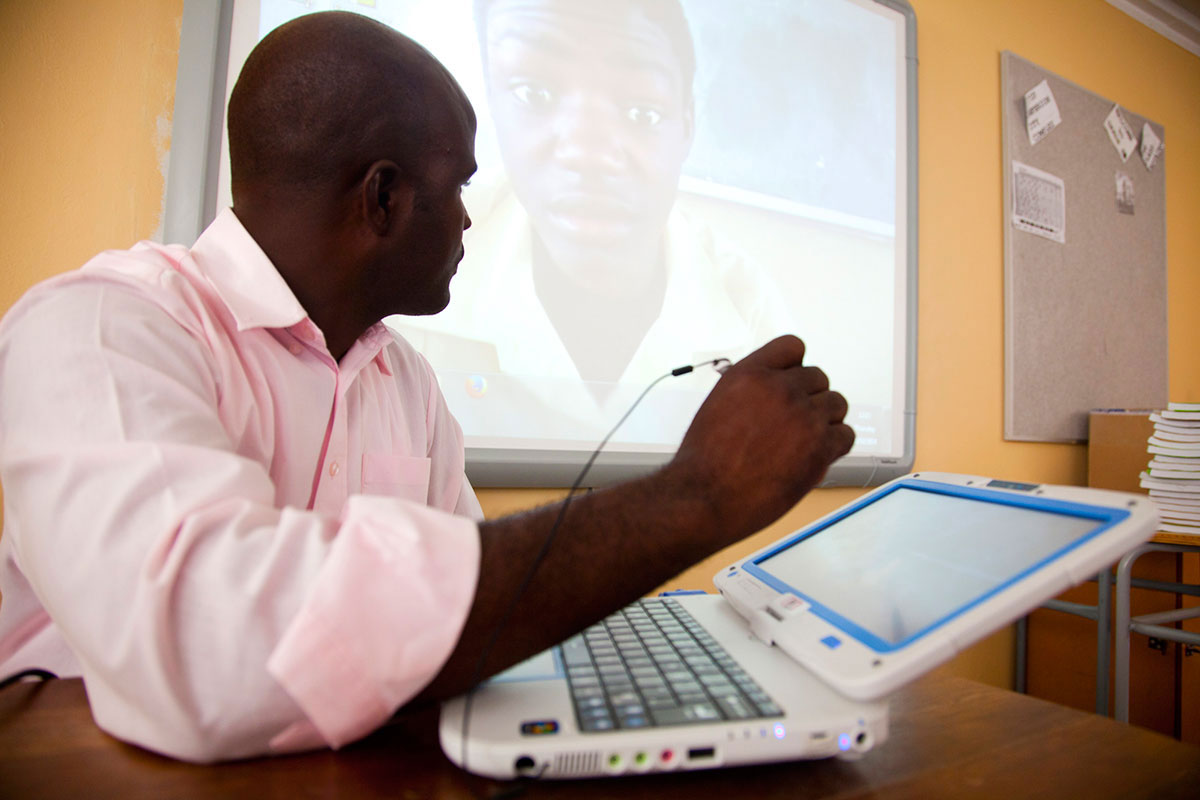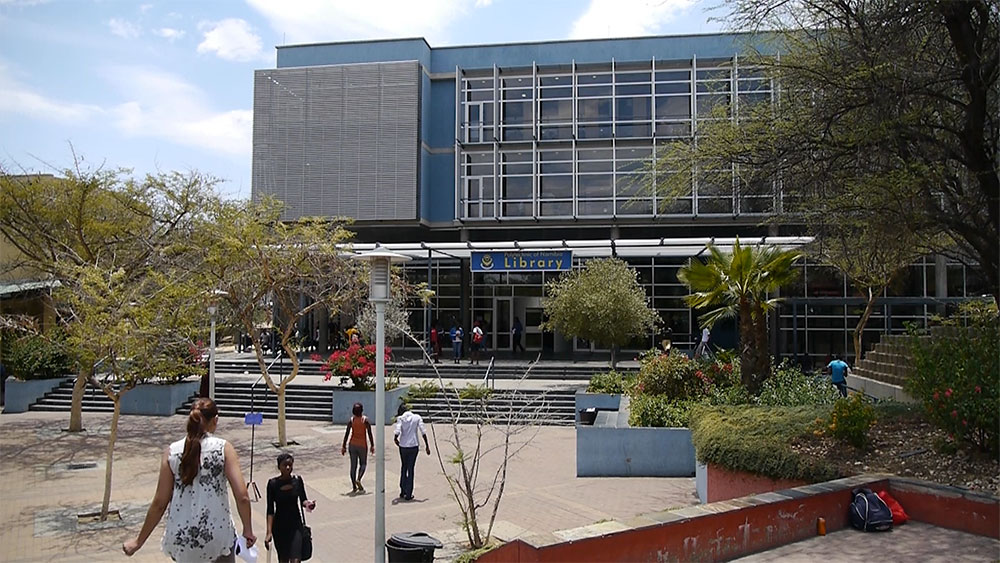Internet in Africa
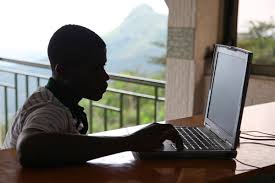
Africa is not changing as fast as the rest of the world, and the gap continues to widen
Nii Quaynor , Chairman of the Board of the Ghana National Information Technology Agency and Director of the Internet Society in Ghana
In sub-Saharan Africa the mobile has evolved rapidly, but the same has not happened with internet access. With 170 million users, Internet penetration in Africa is 18%, significantly lower than the global average of 40%, and just over one in ten homes is connected to the network.
"Many countries are understanding it and a commitment is beginning to be seen. Not only a clearer vision, but an idea of integration with other sectors to achieve development", says Sonia Jorge, executive director of A4AI . This is a positive process but one that has been slow in some countries.
Low internet penetration in Africa may hamper the continent's development
Despite this delay, the number of connected users on the continent grew seven times the world average between 2000 and 2012, according to the Internet World Statistics . "Africa has reached a penetration that has broken the 15% barrier, and that is important," says Nii Quaynor, known as the "father of the internet" in Africa.
However, the capacity to produce 'software', applications and tools is not yet sufficiently developed because there is no critical mass that incorporates knowledge.
Most policies encourage investment, but not development and growth
Most sub-Saharan countries produce very few professionals and there are no technology investment strategies. "It's getting harder and harder to help build supplies because established companies are getting stronger and ultimately there may not be room left," says Quaynor. And is that most countries focus on the use and consumption of technology but not on production, which is what builds the economy.
The development of the internet in Africa has come a long way since the mid-1990s, and especially in the 2000s, thanks to changes in policies and regulations. These are changes that have been achieved thanks to the efforts of leaders like Nii Quaynor.
"The main challenge was preparing the environment. The policies, the business, the economy, everything was new," says Quaynor. The slowness of African governments in passing laws to promote the development and use of ICT infrastructure has been one of the greatest difficulties.
The second wave of the digital revolution began with the connection to the world through submarine cables
Until 2009 the only way to connect from sub-Saharan Africa to the world was through satellite connections, very expensive and with little capacity. The new submarine connections meant a very notable increase in data transmission capacity and drastically reduced transmission time and costs.
60% of the world population is still disconnected from the network. Of them, 64% live in rural areas.
It is estimated that by 2020 mobile internet users will be 3.8 billion in the world.
Currently there are 16 submarine cables connecting Africa with America, Europe and Asia, and international connectivity is no longer a big problem. This has allowed countries to share information both within the continent and with the rest of the world more directly, creating more space for innovation, research, and education.
"Networks have ended the isolation of African scientists and researchers. Information from the developed world is now accessible, and this is changing the way of thinking," says Meoli Kashorda, Director of KENET (Kenya Education Network) .
Although Africa is surrounded by submarine cables, inland countries have greater connection difficulties
It is in the hands of governments and regional economic communities to implement policies that allow the countries of the interior to benefit from international connectivity. For Meoli Kashorda it is a matter of a few years before there are direct connections between all African countries.
Africa's connection to the world is advanced, and the connection between countries is in the works. However, there is one last aspect to be covered, perhaps the most difficult: the internal connection of each country.
Internet penetration occurs in urban areas. The problem is the distribution within countries
Meoli Kashorda , Director of KENET (Kenya Education Network)
International connectivity produced a significant drop in prices in urban centers. However, the lack of infrastructure in rural areas has not allowed the same reduction in the interior of the countries. And it is that in Africa the commitment of companies with the Internet is very limited.
Tanzania, with six incubators, ranks alongside Kenya, Uganda, South Africa, Nigeria, Ghana and Senegal among the countries with the highest density of technology hubs.
"The RLab incubator has helped me better understand the needs of our consumers."
Charles Sonnemberg , developer, Cape Town, South Africa.
"When there are not enough opportunities, the vision is myopic and blurred, and the interest to collaborate is practically non-existent", affirms the "father of the internet" in Africa. We must create the political environment that helps these multinational companies focus on what is important: the development of the environment. Meanwhile, a large part of Africans will continue without access to the internet.
Currently many governments are investing in connectivity infrastructures. This is something new
In sub-Saharan Africa, governments have traditionally left infrastructure in the hands of the private sector. However, in recent times there is a greater political commitment on this issue and some governments are creating infrastructures individually or in partnership with the private sector.
USAID's TZ21 program provides technology tools to schools in Zanzibar, Tanzania.
In recent years the number of women linked to the technological world has increased considerably in Africa.
"The partnership between the private and public sectors is the winning bet, and it is the one that will take Africa to the next level of development," says Nii Quaynor. And there is a direct relationship between internet penetration and socio-economic development, and politicians and decision-makers are increasingly aware of this.
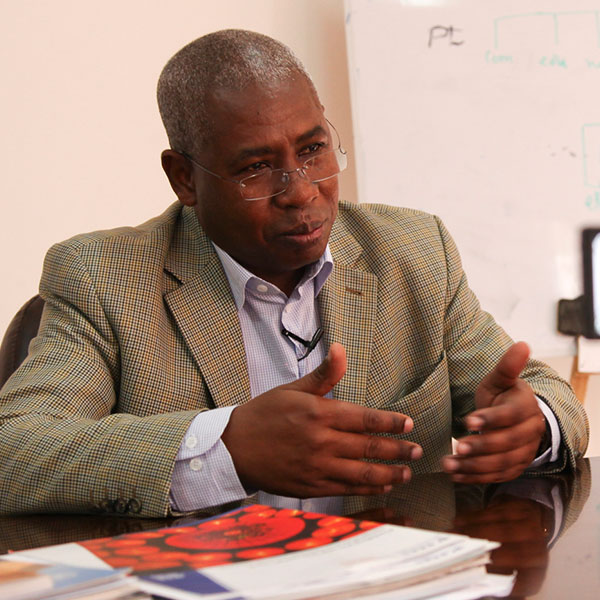 More and more young people are developing applications focused on local needs
More and more young people are developing applications focused on local needs
Boubakar Barry , CEO of Wacren (West and Central Africa Research and Education Network)
An example of this development is the existence of around 100 technology laboratories in 28 countries throughout Africa. A true pan-African movement of tech hubs that foster community building and empower young developers to create innovative products and companies.
It is a trend that expands at the speed of a new 'hub' every two weeks. A new incubator that joins the long list of centers such as DTBI in Tanzania, CcHUb in Nigeria, RLab in South Africa or iHub in Kenya, one of the best known in Africa.
In five years iHub Nairobi has more than 14,000 members and has created more than 150 companies and 1,000 jobs
Housed in Nairobi's Bishop Magua Center, a five-story building housing solely technology companies, is iHub, also known as the "unofficial headquarters of the Kenya technology movement." With an unprecedented expansion, the growth of this technology incubator represents the development that ICT has had in Kenya in the last 15 years.
Do you want to know how Tech Hubs work in Africa?
The great growth of these incubators throughout the continent is a direct consequence of the development of the internet, which acts as an irrigation hose. Wherever the fiber optic cable reaches, 'hubs' grow like grass and begin to alter local ecosystems.
But where it does not go, the earth remains dry and does not produce anything. For this reason, green areas, like the internet, are concentrated in the large urban centers of coastal countries.
Organizations and foundations try to bring the internet to rural areas far from urban centers
In order to bring technology to areas with little connectivity, projects are being developed in different corners of the continent. One of them is Citizen Connect, created by the MyDigitalBridge Foundation, with the support of Microsoft and the Namibia Communications Regulatory Authority.
The Citizen Connect program seeks to implement "white band" technology to bring the internet to rural areas of Namibia.
In Africa, new technologies augur an improvement in people's living conditions.
The project seeks to provide the infrastructure and services necessary to offer connectivity and services to citizens, regardless of location, income and existing infrastructure.
The pilot project being developed in Oshakati, a small town in the north of the country, uses the technology known as " White Space ", an innovation that is based on the use of blank or unused spaces of the frequencies assigned to services of broadcasting to provide affordable, high-speed internet in remote areas.
Do you want to know how the Citizen Connect project works, which seeks to bring the internet to the most disadvantaged areas?
Africa is making progress towards greater connectivity, prices are falling slightly and internet consumption continues to rise. However, there are a number of barriers to expanding mobile internet access, such as affordability and investment in expanding network coverage. And although the internet is already part of life in the urban centers of sub-Saharan Africa, more than 70% of the population lives in rural areas.








